Dryer vent condensation
psyblade
10 years ago
Related Stories
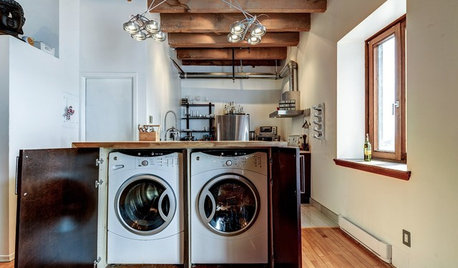
LAUNDRY ROOMSA Kitchen Laundry Cabinet Full of Surprises
A little DIY spirit allowed this homeowner to add a washer, dryer, kitchen countertop and dining table all in one
Full Story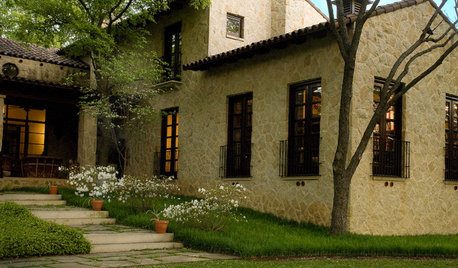
DESIGN DICTIONARYWeep Hole
Shedding water and venting air, weep holes are healthy escapes for homes
Full Story
REMODELING GUIDESContractor Tips: Advice for Laundry Room Design
Thinking ahead when installing or moving a washer and dryer can prevent frustration and damage down the road
Full Story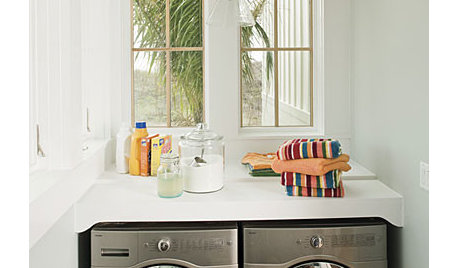
LAUNDRY ROOMSLaundry Makes a Clean Break With Its Own Room
Laundry rooms are often a luxury nowadays, but a washer-dryer nook in a kitchen, office or hallway will help you sort things out
Full Story
KITCHEN DESIGNA Cook’s 6 Tips for Buying Kitchen Appliances
An avid home chef answers tricky questions about choosing the right oven, stovetop, vent hood and more
Full Story
LAUNDRY ROOMSThe Cure for Houzz Envy: Laundry Room Touches Anyone Can Do
Make fluffing and folding more enjoyable by borrowing these ideas from beautifully designed laundry rooms
Full Story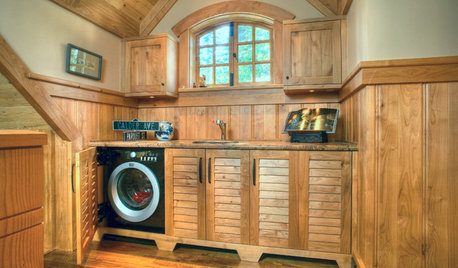
LAUNDRY ROOMSClever Ways to Hide a Laundry Station
When you don’t have a whole room to devote to the wash, use these solutions to tuck the machines out of view
Full Story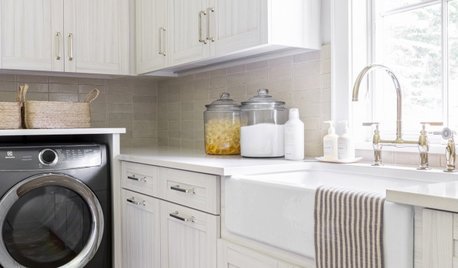
LAUNDRY ROOMS7-Day Plan: Get a Spotless, Beautifully Organized Laundry Room
Get your laundry area in shape to make washday more pleasant and convenient
Full Story
THE HARDWORKING HOMEWhere to Put the Laundry Room
The Hardworking Home: We weigh the pros and cons of washing your clothes in the basement, kitchen, bathroom and more
Full Story
HEALTHY HOMEGet Cleaner Indoor Air Without Opening a Window
Mechanical ventilation can actually be better for your home than the natural kind. Find out the whys and hows here
Full StoryMore Discussions







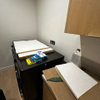

dualref
dualref
Related Professionals
Commerce City Kitchen & Bathroom Designers · Lockport Kitchen & Bathroom Designers · Pike Creek Valley Kitchen & Bathroom Designers · Minnetonka Mills Kitchen & Bathroom Remodelers · Allouez Kitchen & Bathroom Remodelers · Paducah Kitchen & Bathroom Remodelers · Pearl City Kitchen & Bathroom Remodelers · Adelphi Flooring Contractors · Elkridge Flooring Contractors · Hilton Head Island Flooring Contractors · Kalamazoo Flooring Contractors · Miami Flooring Contractors · Norton Flooring Contractors · Palestine Flooring Contractors · West Haven Flooring ContractorspsybladeOriginal Author
dadoes
enduring
dualref